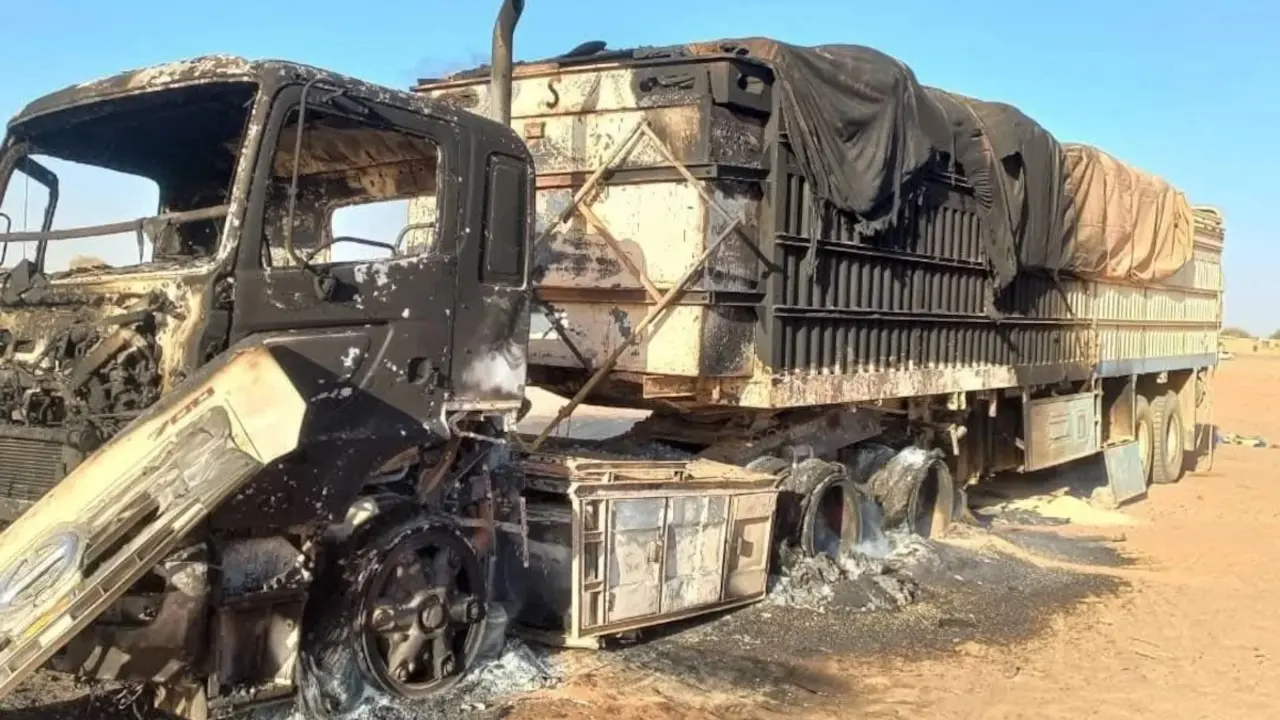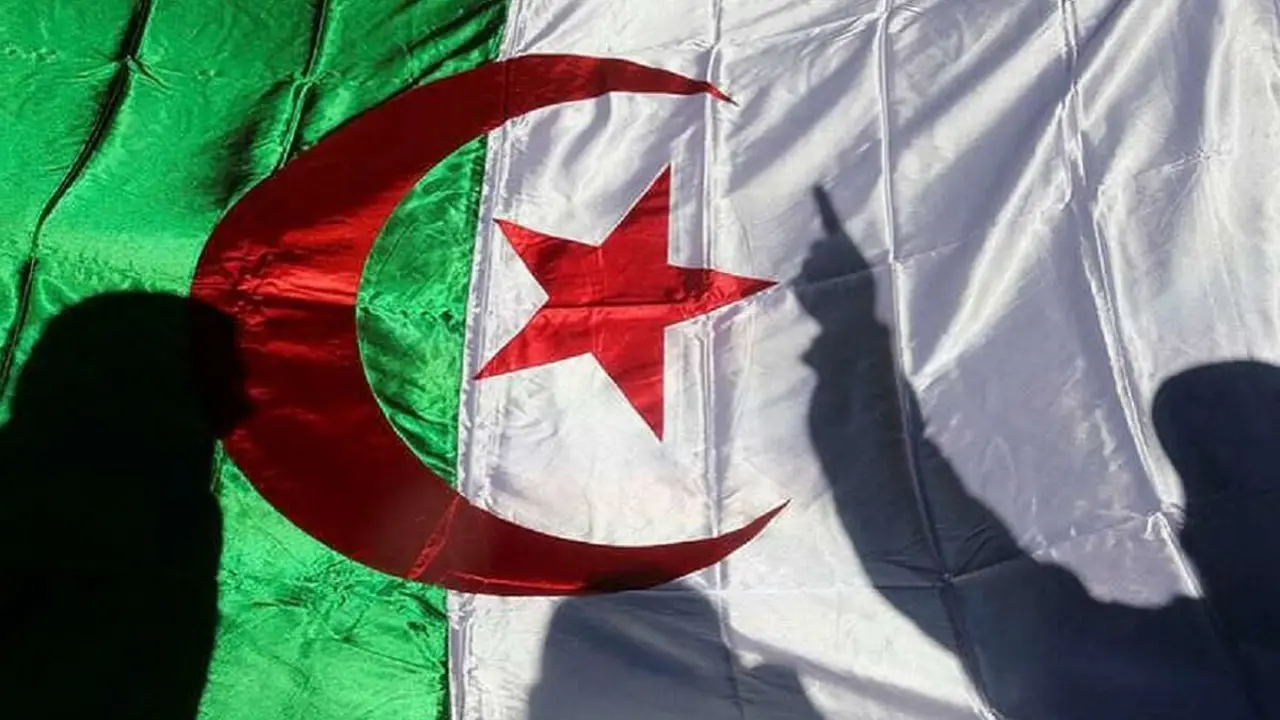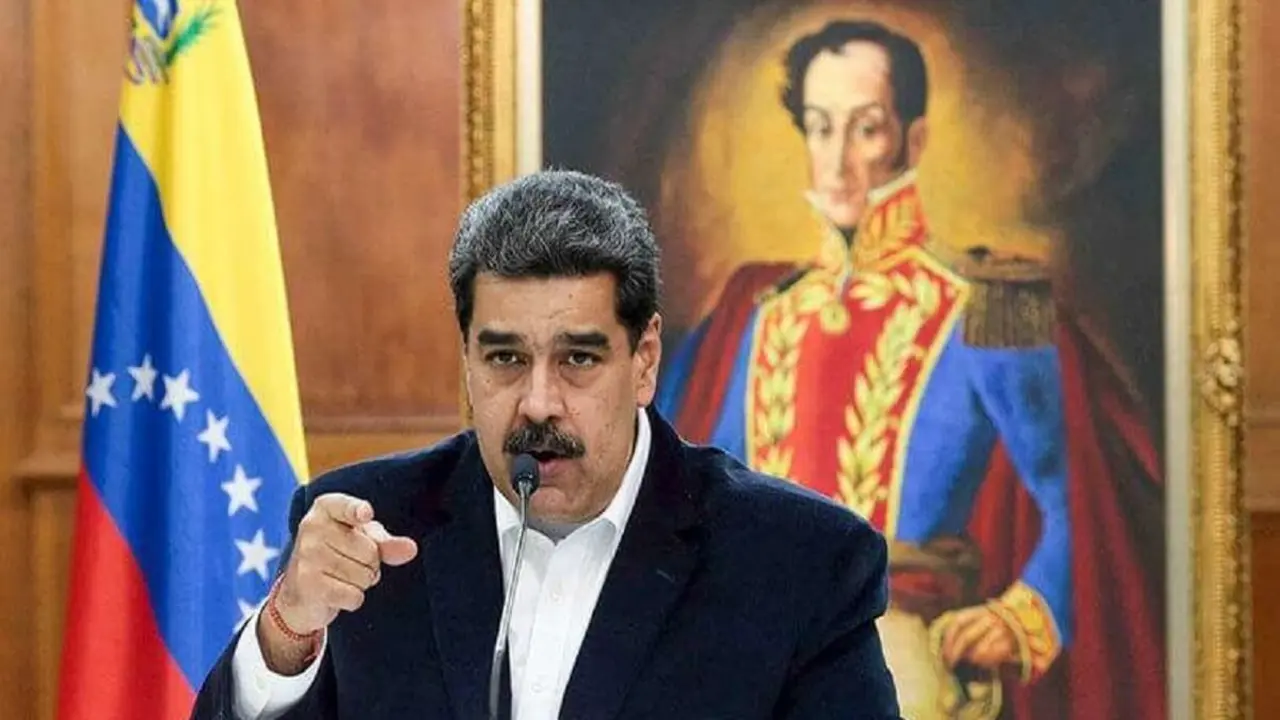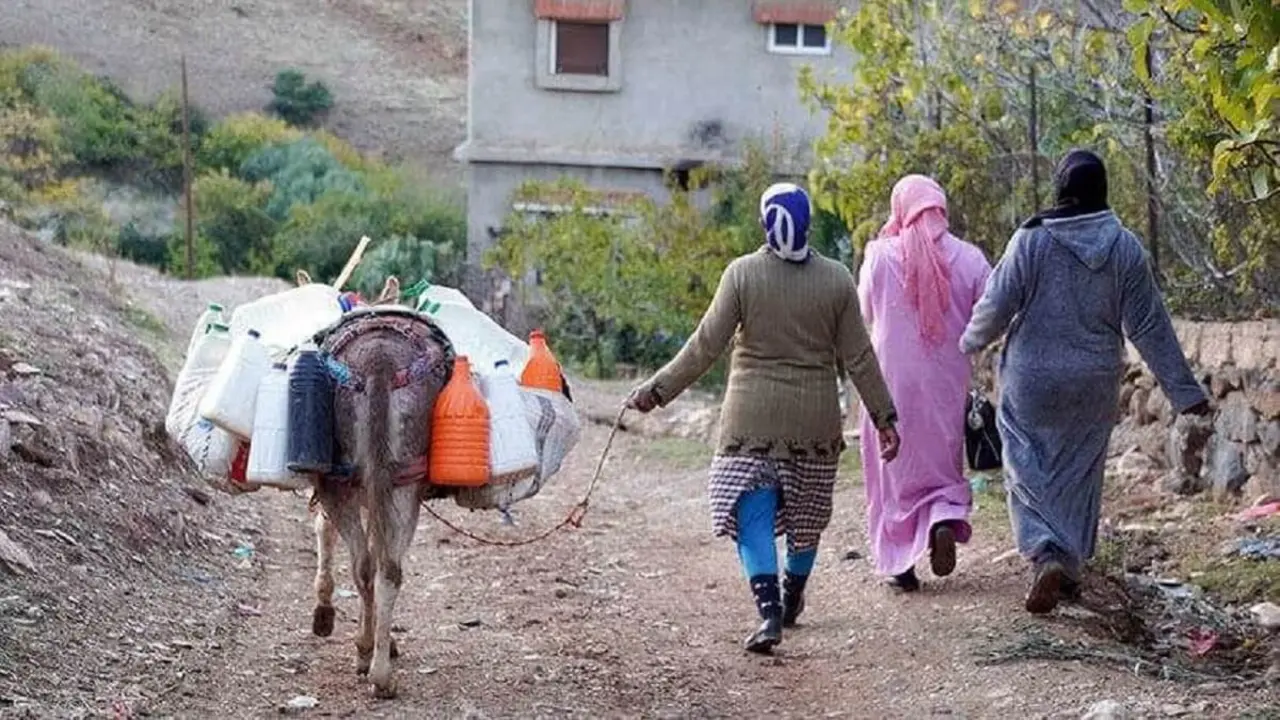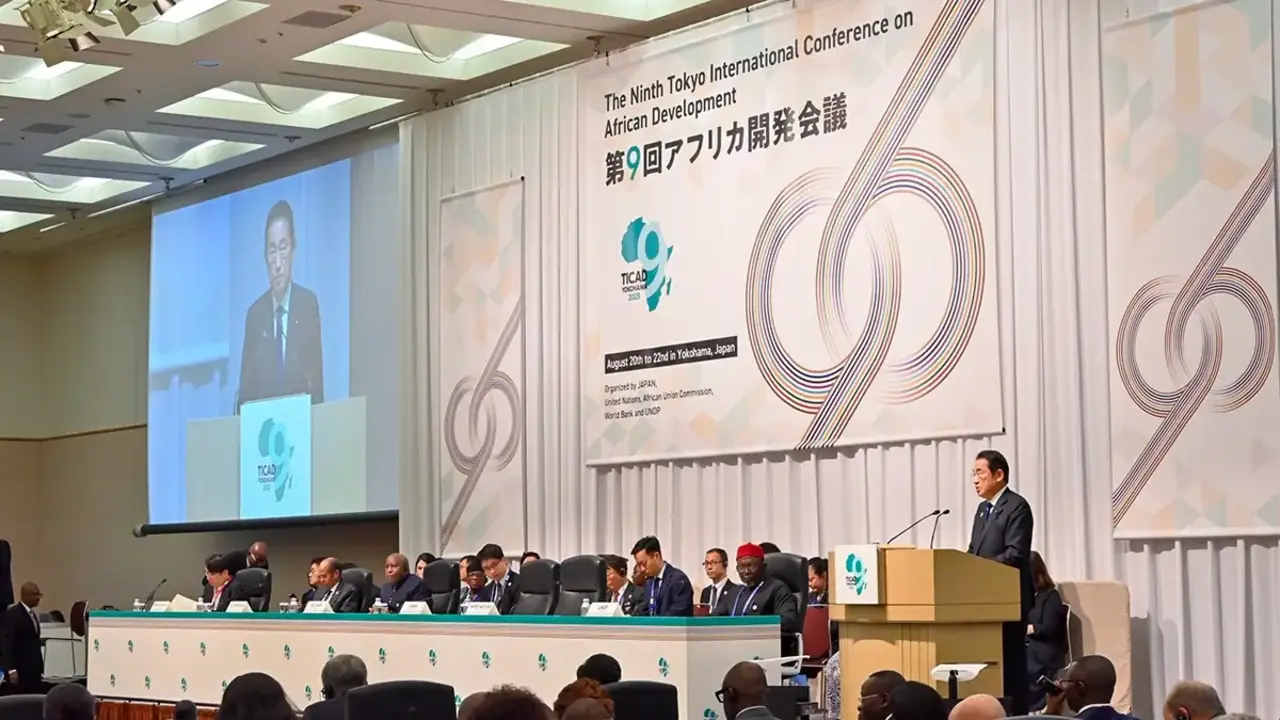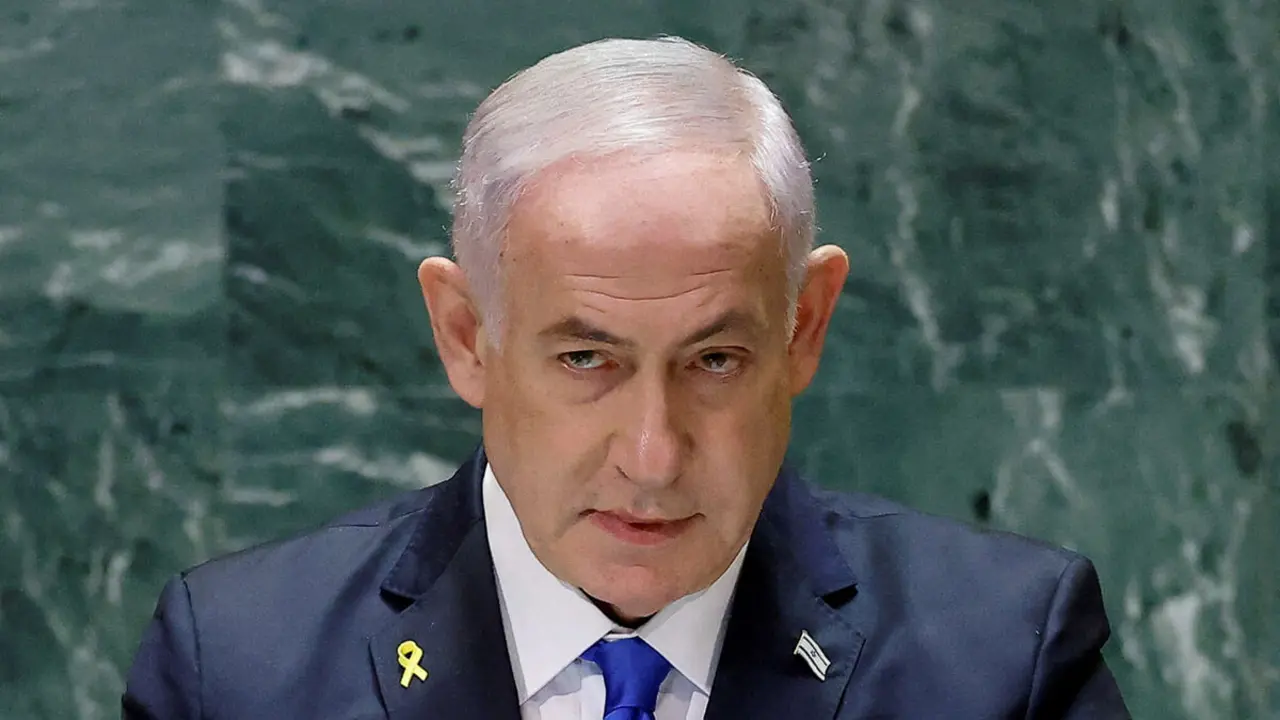Emulating Syrian Islamists, the al-Qaeda-linked JNIM seeks power in the African Sahel

In the troubled Sahel region of Africa, the terrorist group JNIM, associated with al-Qaeda, is increasing its influence through killings, food distribution and the formation of agreements with local authorities to become a relevant political actor.
The Group for the Support of Islam and Muslims (JNIM) has not ruled out governing states and has condemned attacks it accuses mercenaries from the private Russian company Wagner and its jihadist rivals of carrying out.
JNIM has become the most influential jihadist group and, according to the United Nations, the most significant threat in the Sahel, using weapons and politics to weaken states and position itself as a credible alternative.
A coordinated attack on several military installations in western Mali during the last few days, bears the group’s hallmarks. The JNIM claimed responsibility for the strikes in seven towns.
The group has “oriented its propaganda towards defending marginalised populations and victims of violence, frequently publishing videos depicting acts of violence committed by security forces and their auxiliaries to legitimise its narrative,” according to a UN report in February.
The JNIM, for instance, denounced the “massacre of more than 130 Fulani civilians” by the Burkinabe army and its civilian auxiliaries in March near Solenzo, in the west of the country, according to Human Rights Watch.
In a propaganda video, it distributed food to survivors.
“In retaliation, the JNIM launched a major attack on a military camp in Diapaga (east), killing more than 30 soldiers” and civilian army auxiliaries, “claiming this act as the beginning of Solenzo’s revenge”, according to a recent analysis by Nina Wilen, director of the Africa programme at the Egmont Institute for International Relations.
“In other areas, JNIM may punitively massacre civilians or starve civilians via siege to coerce these communities into agreements,” Liam Karr, an analyst for the American Enterprise Institute, said.
The JNIM does not have the capacity to govern large cities like the Sahelian capitals. However, it governs villages indirectly through local agreements tailored to the area.
Such agreements allow the group to impose Islamic law on local communities, prohibit them from cooperating with national armies and generate revenue by imposing Islamic taxes.
“Local populations are often open to some compromise with JNIM because the state was unable to protect them,” said Karr.
“These deals lead JNIM to lift sieges, cease attacks or agree to protect populations, which helps bring a return to normalcy and peace.”
In Mali, the JNIM ended a two-year blockade on the central city of Boni as well as the road linking it to the key cities of Douentza and Gao in March, after signing an agreement with local leaders authorised by the Malian government.
The Islamic State in the Sahel (ISIS), JNIM’s rival, has a much more brutal political strategy that allows the group to rule by terror.
In southwestern Niger, the ISIS-Sahel butchered 71 civilians in Manda in June and another 44 in Fambita in March.
“JNIM’s strategy allows it to be much more flexible and establish more lasting roots among the populations it governs, whereas ISIS-Sahel is more centralised, with a greater degree of direct control” and its rule is more brutal, Karr said.
“These differences are emblematic of the broader doctrinal differences between al-Qaeda and ISIS affiliates worldwide.”
The JNIM’s political strategy has recently led the group to join forces with Malian Tuareg rebels of the Azawad Liberation Front (FLA), observers say.
They say the JNIM was inspired by the HTS, or Hayat Tahrir al-Sham, a radical Islamist political organisation and paramilitary group that took power in Syria last December and gained a measure of international legitimacy ever since.
“JNIM views the HTS experience as a potential template. JNIM could do this in northern Mali alongside the FLA, as it did it in 2012,” Karr said.
He, nevertheless, noted challenges that limit the group’s ambitions.
HTS had broken away from al-Qaeda and enjoyed a popular support base and an external sponsor, Türkiye, while the JNIM, still affiliated with al-Qaeda, depends on its own fundraising and the weapons it acquires from Sahel armies, he said.
“JNIM is still an al-Qaeda affiliate, which is not popular among a large portion of the population who view the group as terrorists,” Karr said.
“Secondly, JNIM is linked with minority groups, in the geographic and political peripheries of the Sahel states, such as the Fulani and Tuareg. This means that other ethnic groups view the group as a threat.”
Daniele Garofalo, a specialist in jihadist movements, said: “At the moment, their idea is much closer to the Taliban strategy.
“Both Taliban and HTS strategies could work. But they would have to go through a total detachment from al-Qaeda, a change in the type of attacks, a different kind of power creation and stabilisation work. This could take years.”


